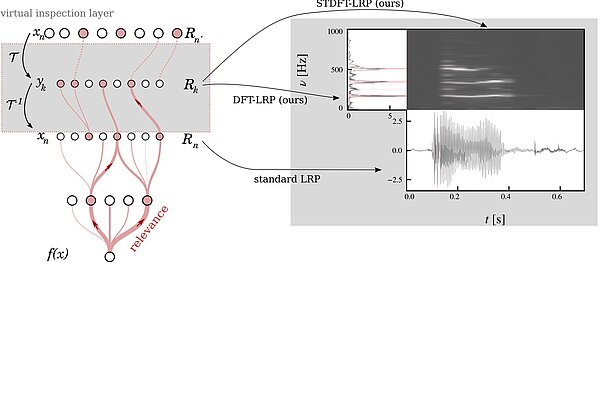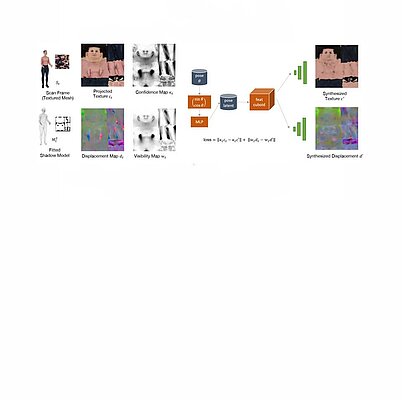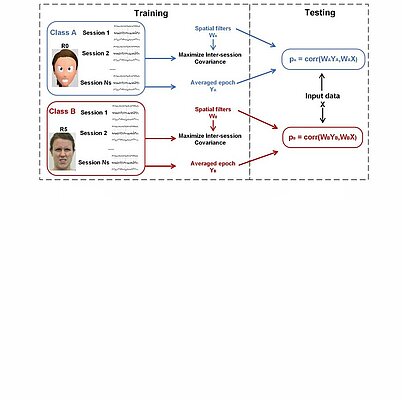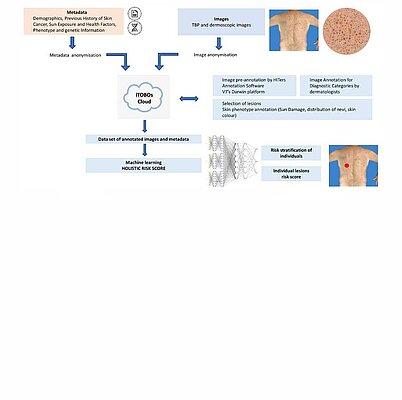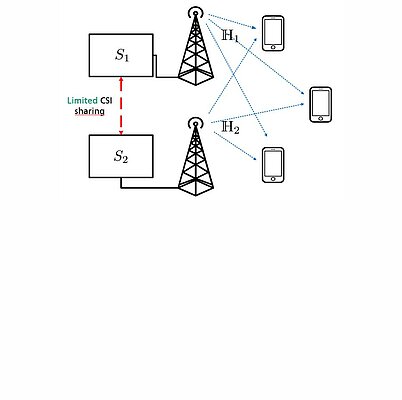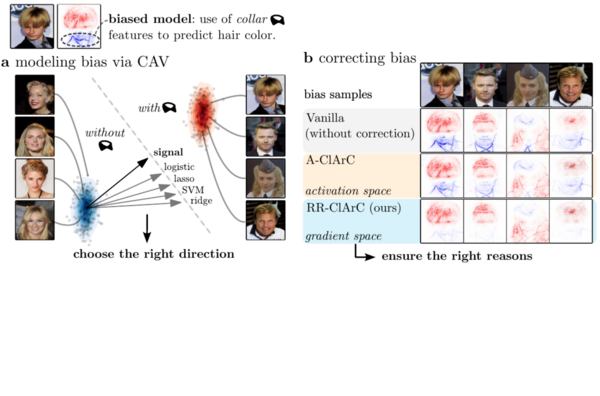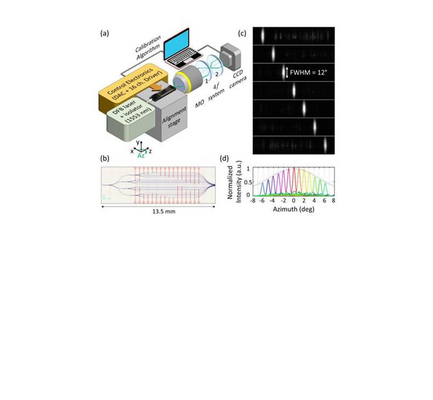Explainable AI for Time Series via Virtual Inspection Layers
For time series data, where the input itself is often not interpretable, dedicated XAI research is scarce. In this work, we put forward a virtual inspection layer for transforming the time series to an interpretable representation and allows to...
Channel Charting for Beam Management in Sub-THz Systems
Sub-THz communication, vital for 6G, requires densification and multi-connectivity to overcome signal blockage. Efficient beam and user scheduling are crucial. We propose a low-complexity scheduling scheme using machine learning (ML), employing a...
BiSPARCs for Unsourced Random Access in Massive MIMO
This paper addresses the massive MIMO unsourced random access problem in quasi-static Rayleigh fading. Our proposed coding scheme combines an outer LDPC code with an inner SPARC code, integrating channel estimation, single-user decoding, and...
Animatable Virtual Humans: Learning pose-dependent human representations in UV space for interactive performance synthesis
We propose a novel representation of virtual humans for highly realistic real-time animation and rendering in 3D applications. We learn pose dependent appearance and geometry from highly accurate dynamic mesh sequences obtained from...
Realness of face images can be decoded from non-linear modulation of EEG responses
We utilized an EEG dataset of steady-state visual evoked potentials in which participants were presented with human face images of different stylization levels. Assessing neuronal responses, we found a non-linear relationship between SSVEP...
A protocol for annotation of total body photography for machine learning to analyze skin phenotype and lesion classification
AI has proven effective in classifying skin cancers using dermoscopy images. However, clinical application is limited when algorithms are not well-trained, or there is a lack of clinical context (e.g., medical history). The increasing use of...
UL-DL Duality for Cell-Free Massive MIMO With Per-AP Power and Information Constraints
This article advances the theoretical foundations of user-centric cell-free massive MIMO networks. In particular, by means of a novel UL-DL duality principle for fading channels, it settles the optimality of the recently developed “team MMSE”...
Towards an AI-enabled Connected Industry: AGV Communication and Sensor Measurement Datasets
We present iV2V and iV2i+, two machine-learning datasets for industrial wireless communication. The datasets cover sidelink and cellular communication involving autonomous robots together with localization and sensing data, which can be used to...
From Hope to Safety: Unlearning Biases of Deep Models via Gradient Penalization in Latent Space
We present a novel method ensuring the right reasons on the concept level by reducing the model's sensitivity towards biases through the gradient. When modeling biases via Concept Activation Vectors, we highlight the importance of choosing robust...
Sparse Aperiodic Optical Phased Arrays on Polymer Integration Platform
Solid-state optical beam-steering utilizing polymer waveguides as edge emitters to form optical phased arrays (OPAs) with aperiodic spacing for operation at 1550 nm is demonstrated for the first time. Power consumption of 1.28 mW/? per channel is...
